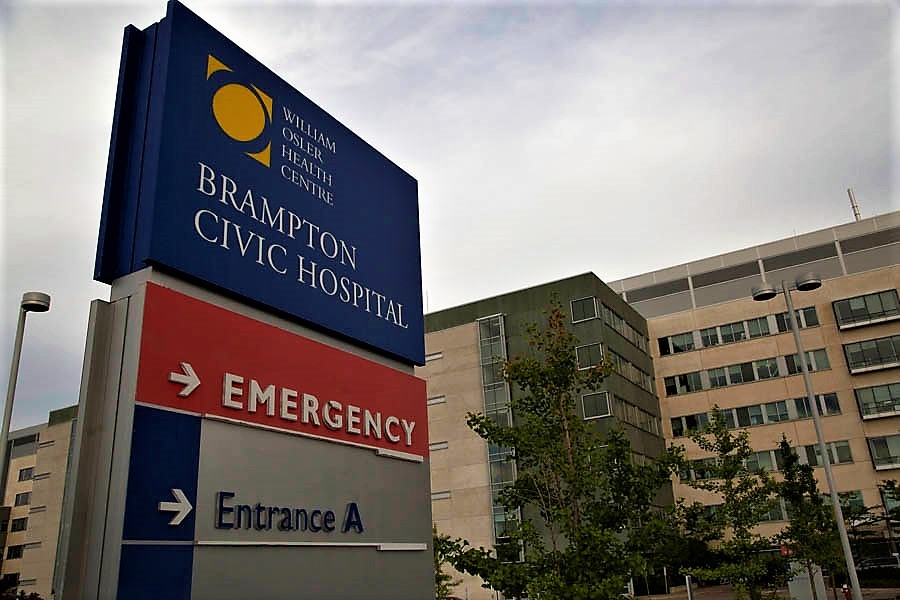
Brampton councillors ready for their 15 minutes of game at AMO gathering
Brampton councillors will be put to the test this week as they face the challenge of putting some of the city’s most vexing issues in front of provincial ministers at the annual conference of the Association of Municipalities of Ontario.
This year’s gathering of the advocacy group, which runs Aug. 18 to 21 in Ottawa, provides municipal leaders from across the province an opportunity to rendezvous with provincial leaders and put forward their case for funding for major projects.
Lowell Rubin-Vaughan, manager of government relations and public policy, briefed Brampton council in a staff presentation on Aug. 7 about the topics councillors should be addressing during the event. He warned them that while Brampton is “ahead of the game” in securing a meeting with a few provincial leaders more than a week before the event, they’ll get only 15 minutes with each of them to present their case.
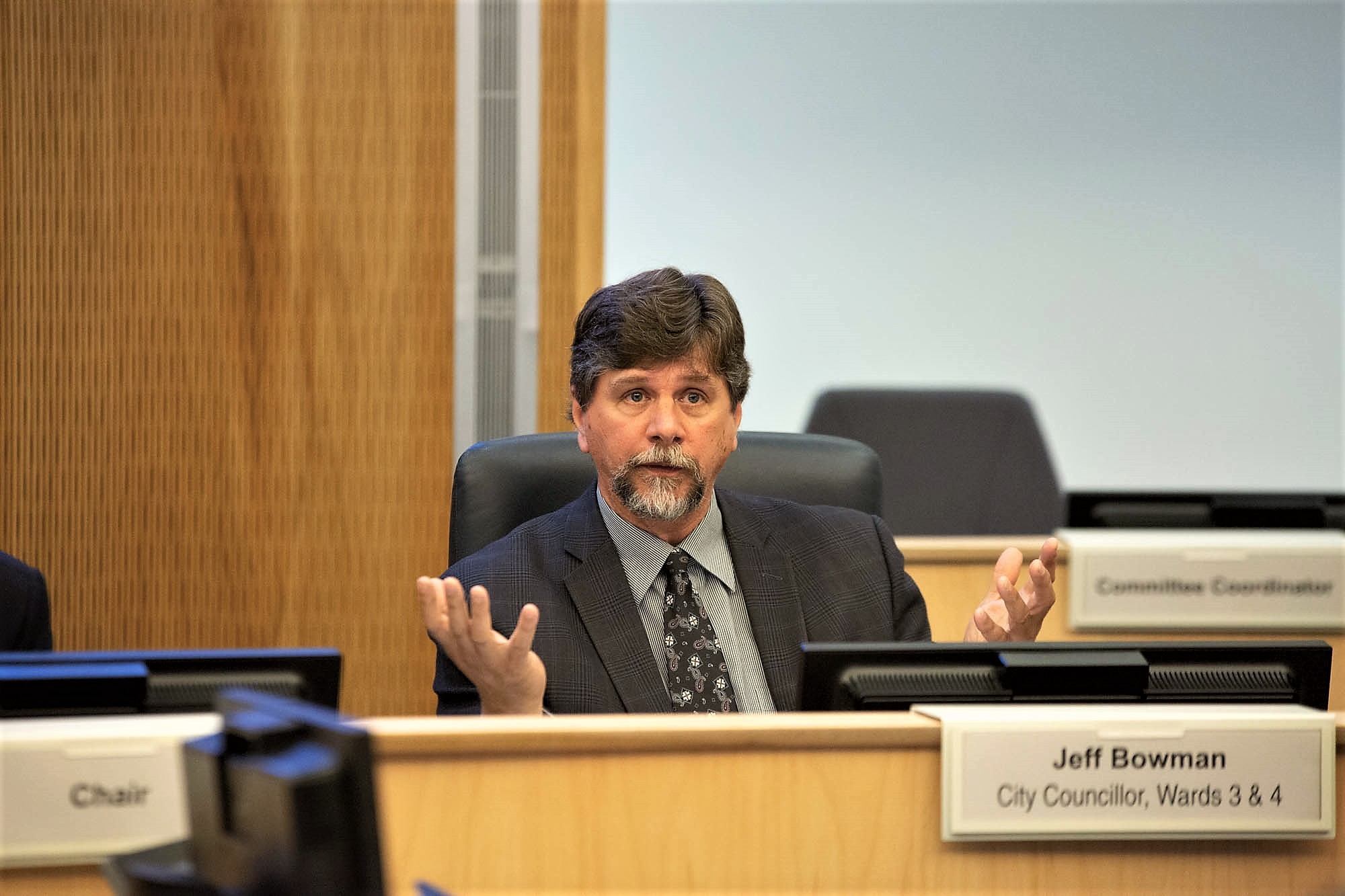
Show me the money: Councillor Jeff Bowman expects the province to open its wallet.
He said the staff has scheduled a meeting with Municipal Affairs and Housing Minister Steve Clark today between 6:30 and 6:45 p.m. to talk about issues pertaining to the More Homes, More Choice Act, and the review of regional government. Tomorrow, Brampton councillors will meet with Minister of Infrastructure Laurie Scott, again for 15 minutes, to discuss important issues relating to transit and infrastructure projects. In addition, the city has a meeting set up with Solicitor General Sylvia Jones on the same day to talk about community safety issues.
City staff told The Pointer that meetings with at least ten ministries and party leaders have been scheduled, including face time with Health Minister Christine Elliott, who will no doubt hear about Brampton’s ongoing gaps in healthcare funding. The city has not met with a health minister in almost three years, despite the previous Liberal government’s commitment to expanding certain services and infrastructure, which still have not materialized.
Councillor Jeff Bowman said that despite the short timeframe, the ministers will have been made aware of the city’s issues. “They will have an information package with them which will talk about what is the problem, why is it important for Brampton, and what are the consequences, prior to the meeting.”
This conference is consequential, Bowman said. “It’s not often that a city councillor from any municipality gets to meet directly with a provincial minister. So these delegations are not coming from the mayor but they are coming from all of council,” he said. “All of council is adamant about it; we’ll show force. I think there is an impact.”
Councillors are aware they’ll probably get scripted answers from the ministers and will do their best to find a way to break through to them. “We will try to put them on the spot and say … we want answers and we won’t be pushed aside,” he said. “The last time we went to the AMO, I looked across to the minister and asked him if he had his chequebook with him.”
Mayor Patrick Brown told The Pointer that local leaders wield more power than it appears over provincial politicians. “The last government failed to deliver, and they lost every single seat in Brampton. We are going to push the government for accountability and to start delivering, and if they don’t they will follow the same [path] as their predecessors and be wiped out” of their seats in the area, Brown said.
Here is a list of the important issues Brampton is advocating for.
Transit
One of the city’s biggest concerns is getting funding to sustain and build its transit system, an increasingly urgent issue in a rapidly growing city that is experiencing double-digit annual increases in ridership.
Brampton’s ongoing beef with the province is that it doesn’t get its fair share. The PC government unveiled a $28.6-billion transit plan for GTA municipalities in April, a large part of which is meant to go to Premier Doug Ford's pet project in Toronto, the Ontario Line — an extended version of the downtown subway relief line long sought by transit advocates. Ford’s government estimates that project will cost about $10.9 billion. There has been no mention of how much of the $28.5 billion would go towards Brampton, the province’s fourth-largest city, or toward its ambitions for higher-order transit.
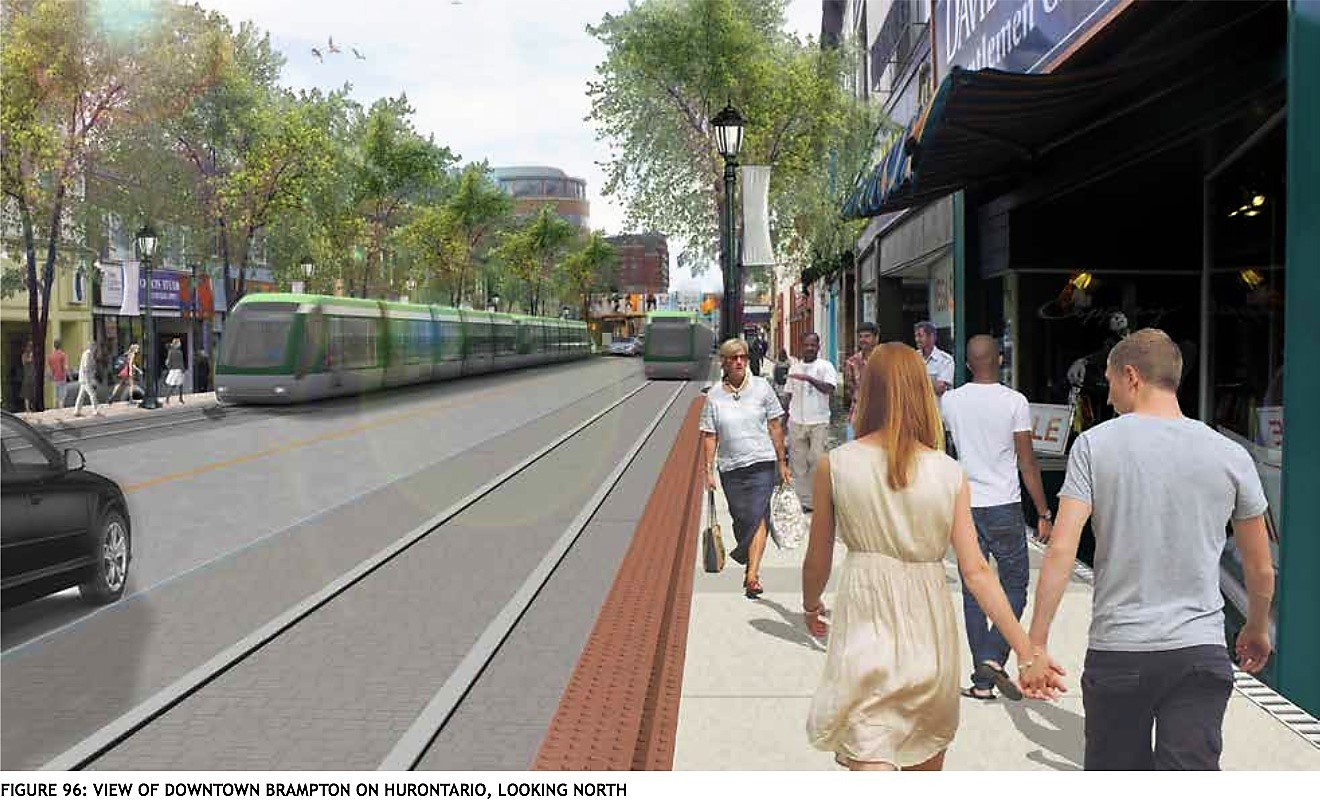
Billions in federal funds meant to be doled out over 10 years for various transit capital projects sat stagnant for months because the province wasn’t acting to disburse the money. That forced city staff to ask council to approve $21.5 million from the city’s own funds toward replacing old buses and refurbishing the existing fleet, after budgeting $47.3 million this year in expectation of receiving federal-provincial funding. The province finally opened up the application process for transit-stream funding a little more than three weeks ago.
Among the priorities Brampton councillors will be advocating for is a light rail transit line extending north from the Shoppers World terminus of the currently funded Hurontario line through Mississauga. However, council has yet to determine exactly what it hopes to see built.
Having returned to the Main Street alignment that was rejected by a previous council in 2015, councillors are still debating whether the line should run at street level or be partially tunnelled, a more expensive option but one that might mitigate community concerns over disruption that made the Main Street route controversial in the first place.
According to city staff (their numbers have not been properly vetted) the cost of the underground version, favoured by Brown, could run as high as $1.7 billion, compared to $400 million to $450 million for the surface option, but the city can’t move ahead on a formal request for funding without getting its own ducks in a row. There are no dollars currently committed to the LRT project.
Alex Milojevic, general manager of Brampton Transit, previously told The Pointer that talks with upper tiers of government would move forward only after an environmental assessment is completed. “The environmental report will be out before the election, and we will decide our next course of action after the report,” he said.
Brampton is also seeking funding for its transit hub project, an expansion of the Brampton GO station in the heart of downtown. The project will be integrated with a building housing a central library and the Centre for Innovation, part of Ryerson University's presence in the downtown.
Infrastructure
For municipalities across Ontario, the unfunded backlog of needed repairs, replacements and additions to civic infrastructure is an issue of growing importance, and Brampton is no exception.
The federal Investing in Canada Infrastructure Program, established by the Conservatives under Stephen Harper and later beefed up by the Liberals, totals $188 billion. Of that money, $22 billion has been earmarked for transit projects, and roughly $118 billion of that has been allocated to Ontario.
Under a bilateral agreement, Ottawa is to disburse that money to the provincial government to be filtered down to municipalities for projects involving green infrastructure, community, culture and recreation infrastructure, and a separate transit stream. In Ontario, transit funding is supposed to be distributed based on ridership, which should present an advantage to Brampton.
However, so far Brampton has received only a majority share of $42 million (Peel Region received a small portion of this amount for infrastructure that is partly located in Brampton), none of that toward the LRT project, which has yet to be finalized and won’t receive any funding commitments until it is. The city's total share of the federal fund, on a strictly per capita basis based on Brampton’s share of $188 billion, should total somewhere around $3.7 billion.
While Ottawa and Queen's Park have argued in recent months about who is to blame for a slow release of funds and approvals for urgent municipal projects, the AMO conference will help city officials directly advocate for the “fair share” funding Brampton deserves. In almost every funding area, such as transit, health, education etc., the rapidly growing municipality does not receive its fair share of funding, based on provincial averages and per capita dollars that flow elsewhere.
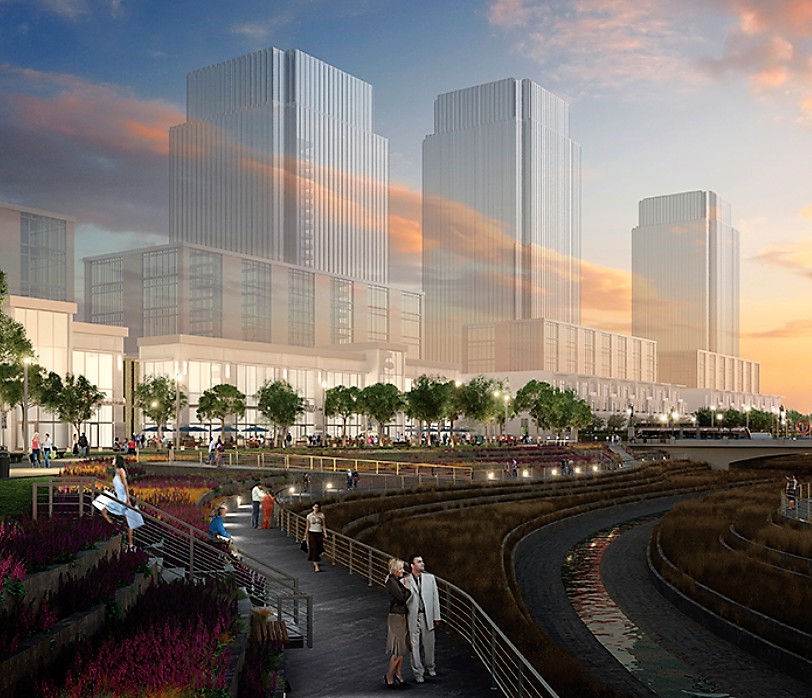
Rendering of the Riverwalk plan
The city is also seeking funding to complete Riverwalk, a flood-mitigation project that would turn the area around Etobicoke Creek into a recreational destination and relieve downtown Brampton of its floodplain designation. That’s vital because it would not only secure the city against flooding but also open up downtown for development that’s currently curtailed by the floodplain designation, and the zoning restrictions in place because of it. So far, the project has received only $1.5 million from Ottawa, to pay for an environmental assessment. The actual project could cost more than $200 million. It is currently unfunded.
Bill 108
The More Homes, More Choice Act, better known as Bill 108, has been criticized as a gift to developers rather than something that will, as claimed, actually make housing more affordable in the province. Its changes to the development-charges system have been particularly unpopular with municipalities, who see it depriving them of funds desperately needed to build the infrastructure growing communities need.
One of Brampton’s talking points is a yet-to-be-explained “community benefits charge” that is supposed to replace the fees normally billed to developers to fund “soft services,” such as recreational facilities, parks and libraries.
Unlike development charges, which are based on a background study assessing the actual cost of services necessitated by new developments, community benefit charges (CBC) will be based on a percentage of the value of the land to be developed, as of the day before the building permit is issued — and regardless of how much that value may change by the time the development is occupied.
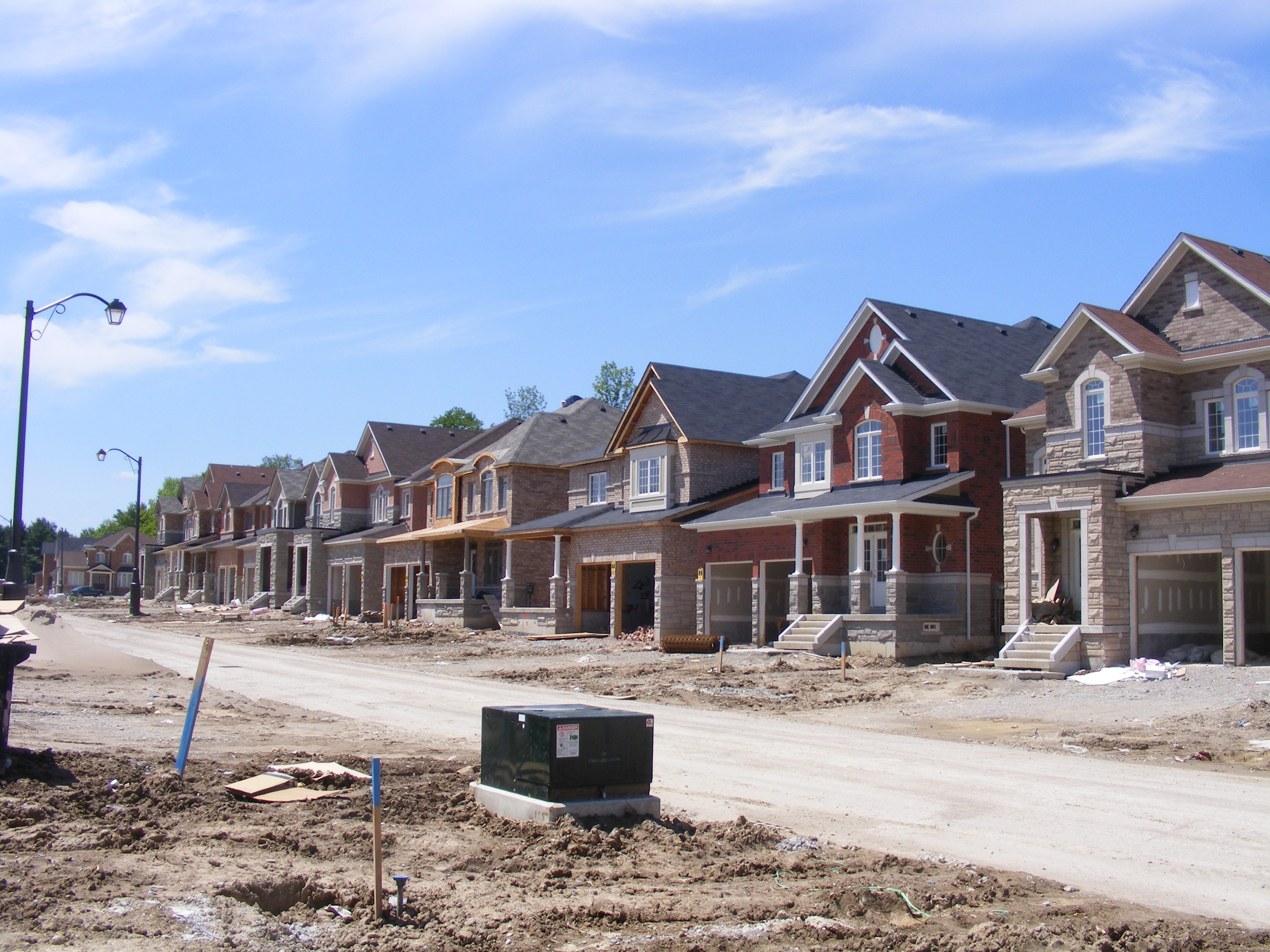
“It is unclear how the value of land relates to the cost of delivering infrastructure, and therefore staff are concerned that the land valuation approach to calculating the CBC may result in a shortfall in revenue,” a Brampton staff report said in May. “The imposition of a CBC that generates less funding than the existing tools in the Planning Act, including Section 37, 42 and 51, will have significant impacts on the livability of the City.”
“The changes ... do nothing to reduce provincial costs but increase the costs to municipalities at a time we are all trying to find efficiencies," Burlington Mayor Marianne Meed Ward said in a tweet at the time.
Regional governance overview
Another topic of discussion at the AMO will be the potential impact of dissolving the Region of Peel and altering the relationship between its three municipalities — Mississauga, Brampton and Caledon. Mississauga has long expressed a desire to become a standalone city and has said so since the provincial government announced in January that it would review several regional governments across the province.
A report commissioned by Peel that analyzed all three scenarios — dissolving the region, amalgamating the local municipalities and maintaining the status quo — found that leaving the region as-is would be the best and most economical option, disputing Mississauga’s claim that dissolution would save the city about $83 million.
Mississauga objected to the secretive way the report had been commissioned through Deloitte and another firm for $325,000 — by a chair who was on record as opposing dissolution — and the questionable assumptions that were made without input from each municipality. A subsequent, more complete, $660,000 study that included financial details from all three regional partners was commissioned through Ernst & Young, but didn’t arrive in time to be included in official submissions to the province, due at midnight on May 21. That report indicated benefits for Mississauga as an independent municipality and highlighted certain cost savings for Brampton as well, if the region is dissolved. The entire matter was poorly handled by Peel Region Chair Nando Iannicca and his staff. Mississauga councillors accused their former council colleague who now heads the region, of politicizing the issue. Iannicca, whose employment and security depends on the region remaining intact, might have been in a conflict of interest.
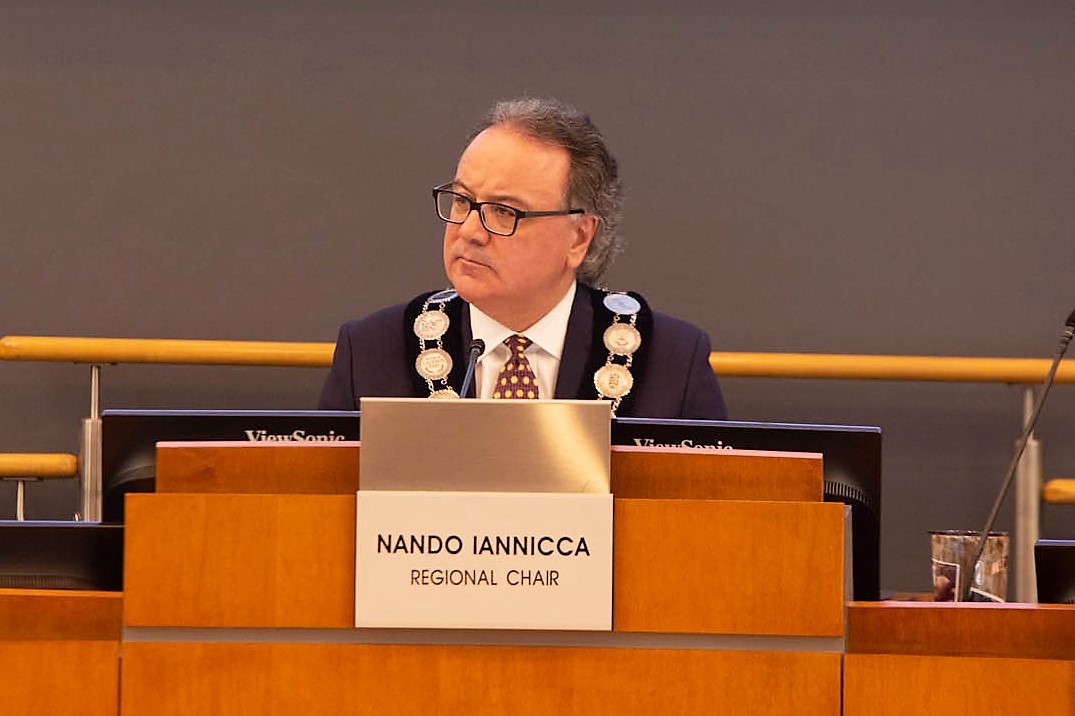
Peel Region Chair Nando Iannicca has come under fire over his handling of the regional review
Brampton council itself nearly missed the deadline, voting just hours before to advocate for maintaining the status quo in Peel, and thus remaining at odds with its sister city.
There is no indication of which way the province intends to go at the completion of the review, expected in November, and indeed the Doug Ford government could decide to ignore the cities’ wishes altogether. However, it’s widely known that former Mississauga Mayor Hazel McCallion has major clout with Premier Ford, and she has made it clear that her city wants out of the region.
Health
Brampton is seeking financial support from the province for adding more full-service hospital beds to the city’s inadequate healthcare infrastructure, which currently consists of Brampton Civic Hospital and Peel Memorial Centre.
Between 2016 and 2017, 4,352 people were treated in hallways and other makeshift spaces at Brampton Civic, according to an internal memo. While the term “hallway healthcare” has since frequently been on the lips of politicians in Ontario, little has been done to meet the needs of Brampton’s fast-growing population. Evolving challenges such as the opioid crisis and a shortage of long-term care beds to take in frail seniors when discharged continue the pressure on the city’s sole full-service emergency room.
Mayor Patrick Brown said the city would fervently advocate for a fair share of healthcare funding. “It seems like for the last 15 years, no one has cared about Brampton’s healthcare needs and it has got worse. It’s at a crisis point now,” Brown said.
The city will ask the province to fund expansion of Peel Memorial Centre’s second phase, which would install post-acute beds that support comprehensive rehabilitation, seniors care, complex continuing care, and mental health and addictions services.
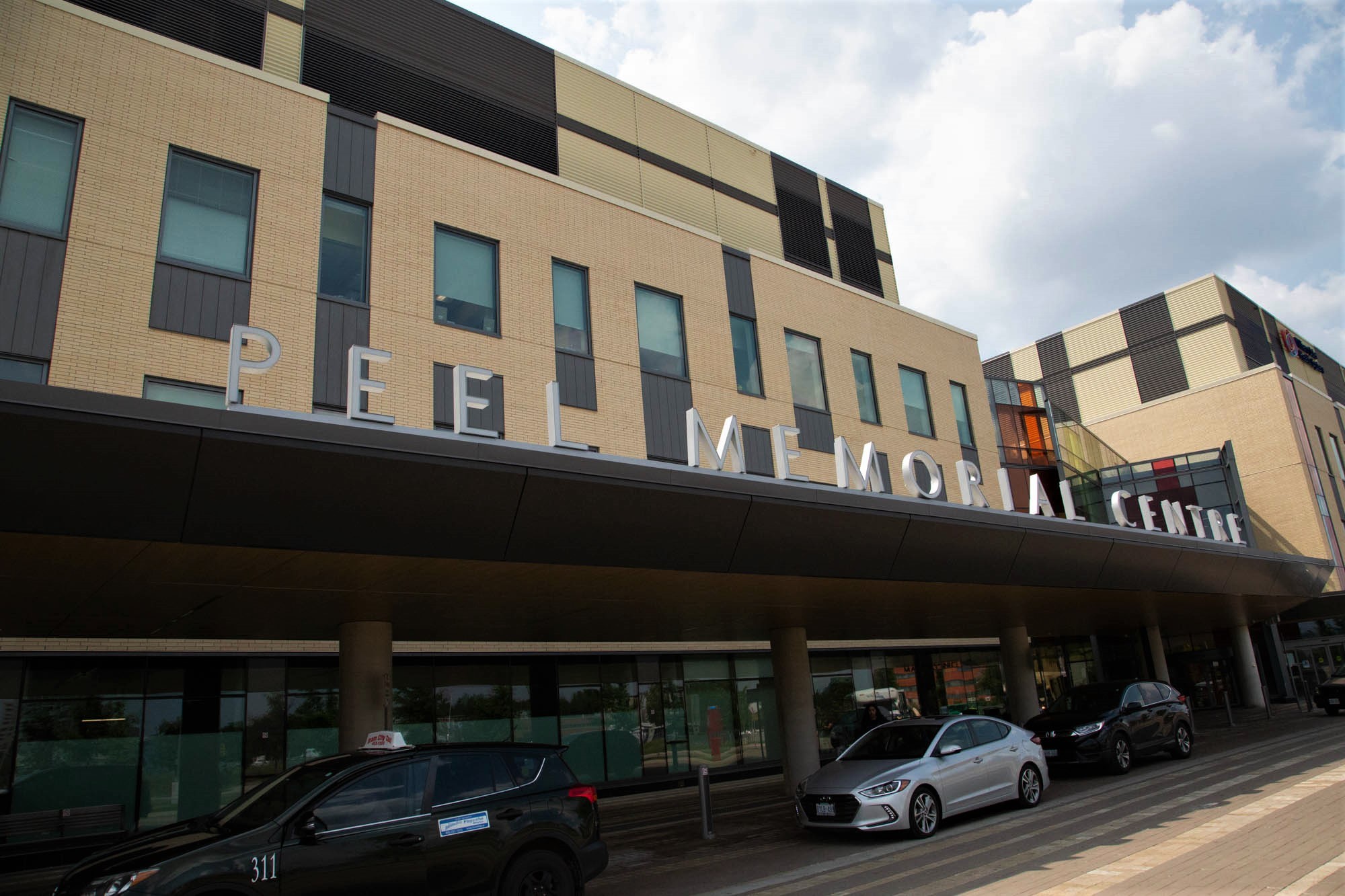
The staff presentation said completing the centre’s second phase “will help improve transitions for patients back to their homes or to community-based support services. Bringing these services to Peel Memorial will help alleviate the area’s hallway medicine pressures by also increasing bed capacity in areas of increased demand at Brampton Civic, like surgical and medicine beds.” The Ministry told The Pointer last week that a little over $2.5 million has been earmarked for Brampton, mostly for mental health care initiatives, from the province’s $174-million mental health care funding announced in May.
The Ministry told The Pointer that the previous Liberal government gave William Osler Health System a $500,000 planning grant in 2018 to help with its proposal for phase 2 of the Peel Memorial expansion and that the province is expecting Osler to submit its “early capital planning submission” for the phase 2 expansion this coming fall. It’s unclear why Osler has not yet moved forward with its desired plans for Peel Memorial’s phase 2, considering the chronic shortfall in healthcare across the city.
The ministry also said it has funded $1.5 million in hospital repairs and upkeep in Brampton in 2018-19, from the Health Infrastructure Renewal Fund.
Families desperate for better care and the end of hallway medicine in this city, will need to see a lot more money than that, for the current situation to improve. Councillors gathering in Ottawa for the AMO conference know what they are up against. Time will tell if they are up to the challenge.
Submit a correction about this story


